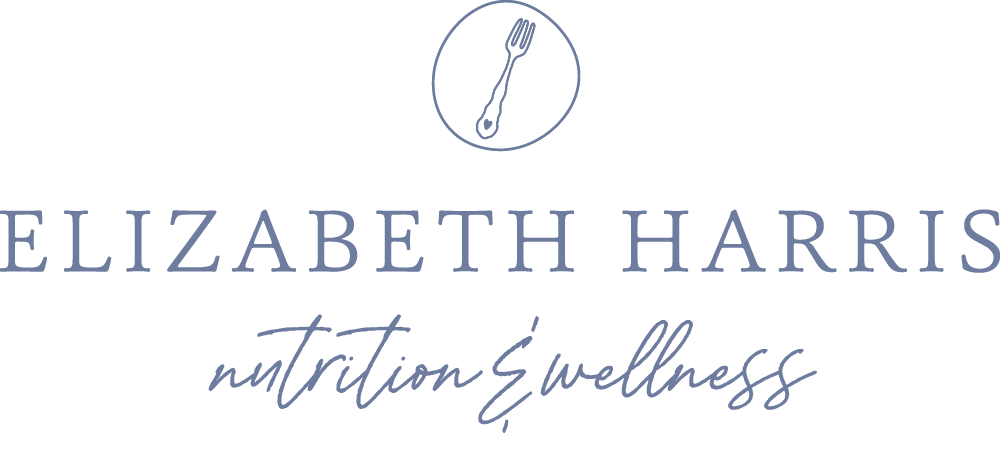Why You Need More Fiber In Your Life (And How To Get It)
Fiber is often an overlooked component of a healthy diet. But there are so many great health reasons to add fiber to your meals! Here’s just a few of the big ones:
Fiber is an excellent weight management tool. Foods rich in fiber are often naturally low in calories, plus it takes time for fiber to wind its way through your digestive tract. So, it can help you feel full for longer periods of time, thereby reducing the urge to snack.
Fiber helps keep you regular. Fiber adds bulk to your stools and helps you have healthy bowel movements. It also lowers your risk of colon cancer (among others).
Studies show that a high fiber intake can help prevent cardiovascular disease by lowering cholesterol, blood pressure, and even inflammation in the body.
Fiber also reduces the risk of developing Type 2 diabetes, as it helps to stabilize blood sugar levels.
The bacteria in your gut houses around 80% of your immune system and high fiber diets promote the spread of beneficial gut bacteria. So, fiber may influence the way your immune system functions too—research is ongoing!
Plus, foods rich in fiber are nutrient dense, whole foods…exactly the types of foods you want to load up on for overall healthy living.
Here are a few more facts about fiber to keep in mind. There are two different types: soluble (which dissolves in water) and insoluble fiber (which does not). Both are necessary for a healthy diet.
Foods rich in fiber include fruits, vegetables, oats, whole grains, nuts, seeds, legumes, and others. When looking to increase your fiber intake, start small and increase your intake gradually to reduce initial gas and bloating. Recommended intake for adults over the age of 51 is 30 grams per day for men and 21 grams per day for women.
Helpful Ideas and Suggestions for Adding Fiber to Your Meals
Eat whole grain breads and cereals. Look for the words 100% whole grain (or whole wheat) on the food label.
Switch to brown rice or whole grain pasta instead of the traditional white versions. (I like the Delallo brand of whole wheat pasta.)
Try some unfamiliar grains. Barley, farro, quinoa, spelt, bulgur, and wild rice are all good options.
Add cooked grains to salads and soups.
Put beans in your salads, casseroles, soups, eggs, sandwiches, and side dishes.
Bake with whole grain flours. You can often swap out up to half of the white flour without noticing much difference or try making 100% whole grain baked goods.
Eat a variety of fruits and vegetables (and the skins!) Skip juice in favor of the whole fruits or veggies. Try overnight oats for an easy and delicious breakfast.
Check the fiber content on the Nutrition Facts Label when choosing cereals, breads, and other packaged foods. 4 grams of fiber per serving is a great goal.
Remember to drink lots of water when adding fiber to your diet!
